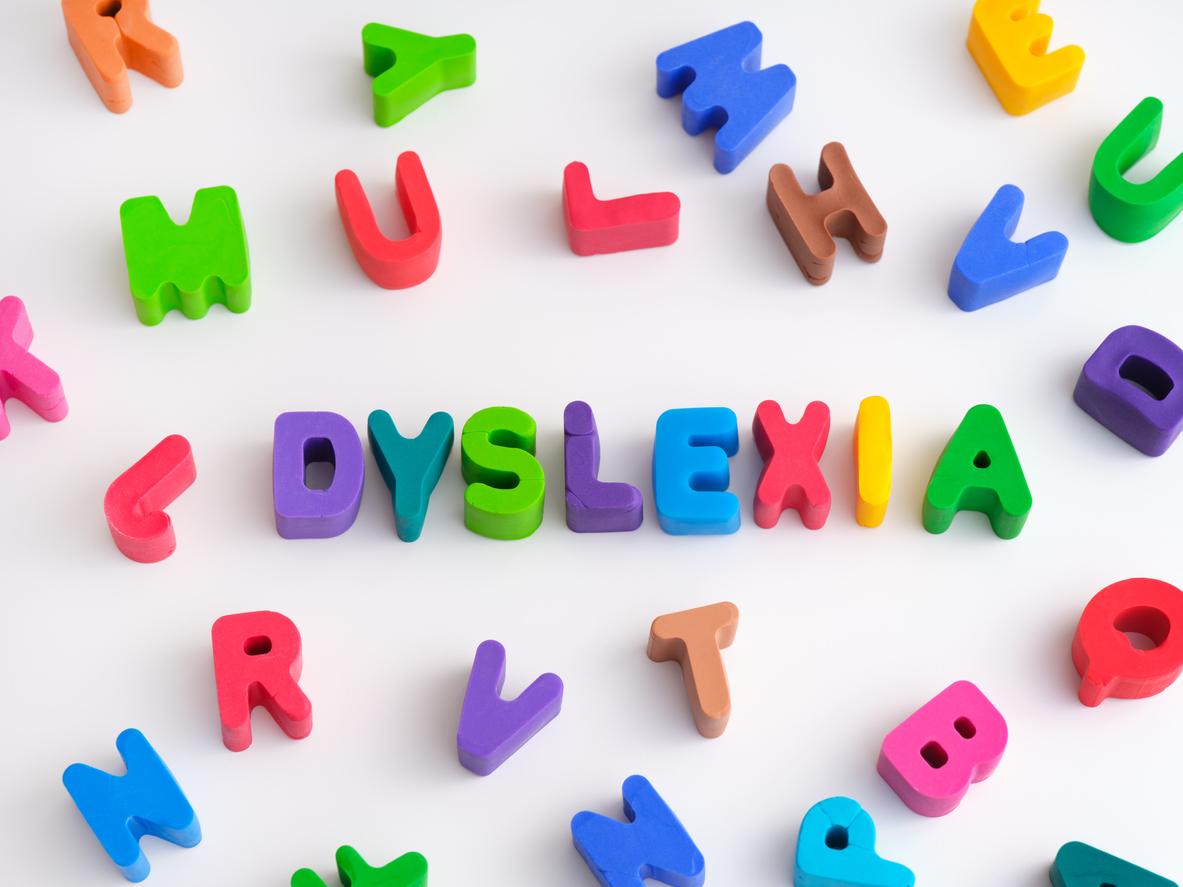We are grateful to guest expert and pediatric ophthalmologist Neil J. Lucchese, MD, for sharing his expertise in visual processing as it relates to dyslexia:
Dyslexia is a language-processing abnormality, not an abnormality of the visual system. Interestingly, visual abnormalities have not been associated with the brain’s ability to process visual information. The brain is amazing and can decipher (or de-code) written symbols (letters) into meaningful information. For example, most fluent readers can read and understand the following text:
- Aoccdrnig to rscheearch at an Elingsh uinervtisy, it deson’t mttaer in waht oredr the ltteers in a wrod are. Tihs is bcuseae we do not raed ervey lteter by istlef, but the wrod as a wlohe.
- (According to research at an English university, it doesn’t matter in what order the letters in a word are. This is because we do not read every letter by itself, but the word as a whole.)
Children with dyslexia have no increased risk of eye disease, and conversely, children with eye disease are not at higher risk for dyslexia. However, it is still important for children with learning difficulties to have a complete eye exam to rule out treatable eye diseases (needing glasses or eye muscle imbalance, for example).
Parents, anxious to provide help to their children, are sometimes directed to “visual training” therapies. However, there is no scientific evidence to suggest that vision training, eye exercises, visual perception training, or colored glasses will improve school performance, or reading ability. Evidence-based reading interventions can decrease the impact of learning challenges on the academic success of children.
Treatment will depend on the type of learning disability the child has. Special educational evaluation and neuropsychological testing will guide the treatment options. This often includes an Individualized Education Plan (IEP) or 504 plan, which provides educational accommodations, interventions, and efforts to maximize the child’s academic strengths.

